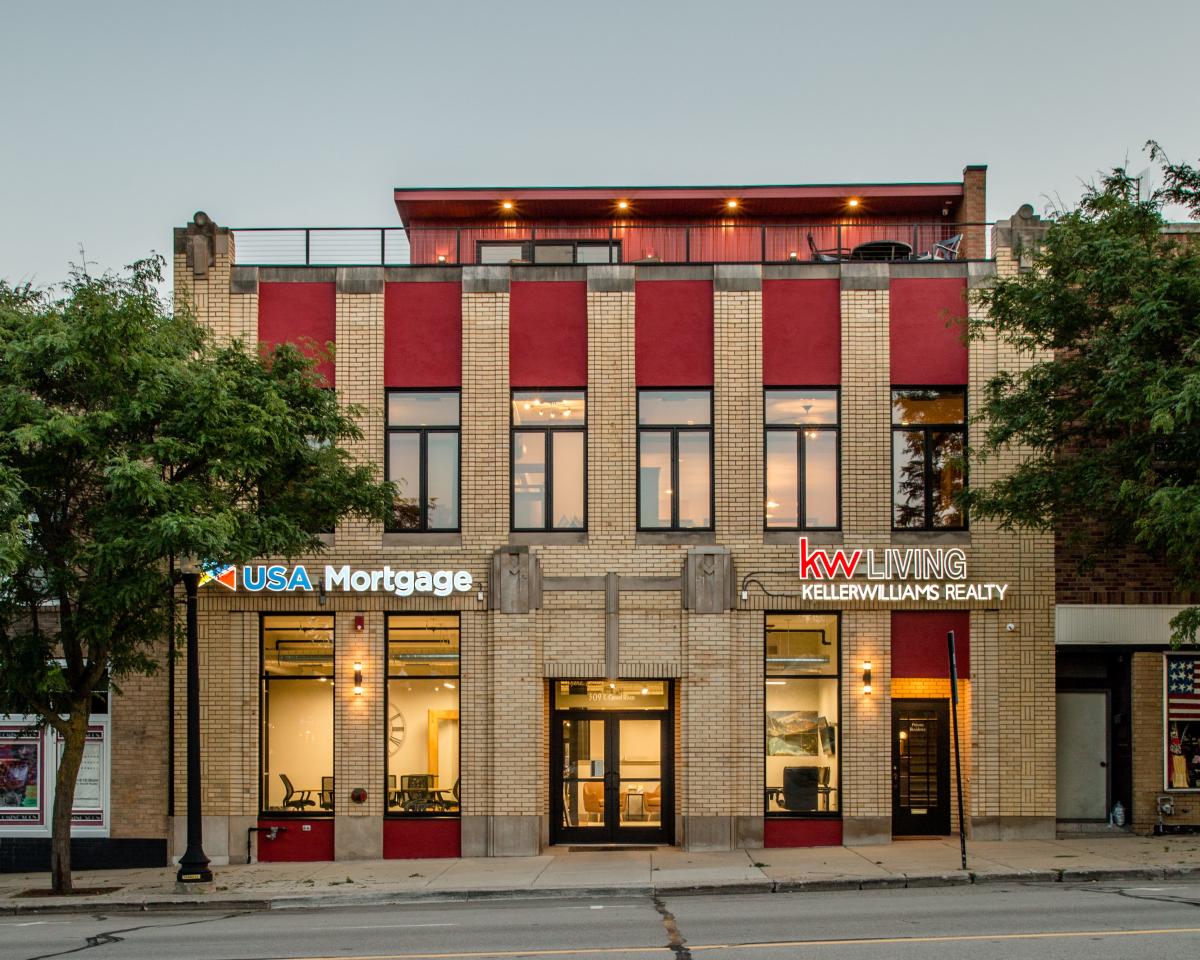Early voting begins Friday in Minnesota’s primaries for the U.S. Senate, eight U.S. House seats, and seats in the House of Representatives and Secretary of State. Steve Simon expects an “intense election year.”
Although the primary election takes place on August 13, voters can cast their own ballots in the 46 days leading up to the primary election, either by mail or by in-person early voting.
At a news conference at the Capitol on Thursday, Simon, the state’s top elections official, said his office expects a busy few months as the Senate, House and House races coincide with the presidential election.
Supercharged, highly polarized era
Simon said his office said it is working to build public trust in the election system and is positioning itself to combat election misinformation — something Simon says new laws in Minnesota have put his office in a good position to to achieve this.
“I want two things for the next 131 days: high turnout and low drama,” he said, looking ahead to the general election on November 5. “We live in a supercharged, highly polarized era. But I am confident that we can overcome those challenges, we have done it before and 2020 was a good stress test.”
Four years ago, unsubstantiated claims of widespread election fraud by former President Donald Trump and reports of threats against poll workers led to a tumultuous election, and the Minnesota Legislature in 2023 passed bills aimed at combating disinformation, such as through artificial intelligence generated ‘deep information’. forgeries” and intimidation.
Simon said there have been no reports of voting misinformation or AI misuse so far leading up to the August primaries.
Public testing of voting machines, evaluation of mail-in ballots
The Secretary of State also noted the usual steps his office and local election officials are taking to ensure the security of the election, including public testing of voting machines and multiple review steps for absentee ballots.
More than 30,000 people work as election judges, and there must be an equal number of Democratic-Farmer-Labor and Republican judges at each polling place, Simon said.
Minnesota held its presidential primaries in a separate election in March. The only statewide contest in the summer primary is for the U.S. Senate.
In that race, DFL-backed U.S. Sen. Amy Klobuchar is seeking the party’s nomination for a fourth term. Also on the ballot are Steve Carlson, Ahmad R. Hassan, George H. Kalberer and perennial candidate Ole Savior.
The candidates for the Republican nomination for Senate are John Berman, Joe Fraser, Patrick D. Munro, Christopher Seymore Sr., Raymond D. Petersen, Loner Blue, Royce White and Alycia R. Gruenhagen.
All eight seats in Minnesota’s Congress are up for election. In the Fourth District, which covers St. Paul and the eastern metro, 12-term Congresswoman Betty McCollum is running unopposed in the Democratic primary. In the GOP primary, 2022 candidate May Lor Xiong and Gene Rechtzigel are vying for the nomination.
There are also a number of contentious primaries in the state for the House of Representatives, where all 134 seats are up for debate this year.
How to vote, how to track your vote
More information about the ballot for your address can be found on the Secretary of State’s website at myballotmn.sos.state.mn.us/, or by calling 1-877-600-VOTE (8683).
Unlike many other states, Minnesota does not require party registration to participate in a primary. However, voters can only vote in one party’s primary.
Voters have until July 23 to register to vote. You can also register to vote on election day.
People who choose to vote by mail can “take back” their ballot if they change their mind about which candidates they want to support. However, the deadline for this is July 25.
Early in-person voting and absentee voting are options until August 12.
Minnesota has an open primary, meaning anyone 18 years or older, a U.S. citizen and not currently in prison can participate.







